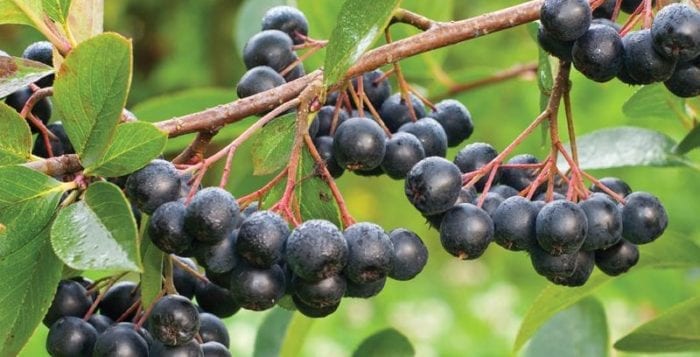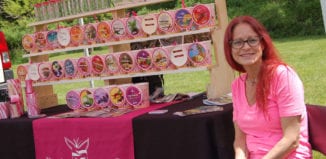The Gardener’s Delight: Seaside gardening tips
By Kyrnan Harvey
Single-digit overnight temperatures and daytime highs of 16 degrees with howling winds are as bad as it gets in winter on Long Island, unless your property is at sea level, in which case flooding makes the gardener yet more miserable. Port Jefferson locals were reminded by the Jan. 4 storm that their village was called Drowned Meadow. Elsewhere, “from swerve of shore to bend of bay,” and to varying degrees the blast of blizzard was dramatically exacerbated by saltwater flooding.
I had, for many years, such a garden on Manhasset Bay. Nor’easters and hurricanes coinciding with full moons were likely to inundate the garden, and it sure got ugly if it was a blizzard at that time of the month. The salinity of the water was resented most by rhododendrons and other broad-leaved evergreens that had no business growing there, but for the rest — the tulips and daffodils, the roses and forget-me-nots, the hydrangeas and crape myrtles and garden phlox — come May and June and hot summer, they were as happy as Larry, naturalized in their waterfront setting.
Of perhaps greater deleterious effect than the salt water from the coastal flooding was, on the one hand, the enormous deposits left in the garden — a thick layer of Phragmites seasoned with driftwood and plastic detritus, some of which I would add to my collection of ready-mades — and, on the other hand, the stripping of humus and mulch by the receding tide, leaving feeder roots exposed and begging for amelioration. In that case the gardener has no choice but to have a truckload of mulch — or better yet, compost — delivered as soon as possible. Inflate the tire of your wheelbarrow or call in a professional landscaper.
My garden on Manhasset Bay was not only right at sea level but it was entirely flat. There were many storms in which the salt water and flotsam reached into the garden some 20 or 30 feet, but there were also three or four times in 20 years that the entire acre of garden was inundated.
Of course, you could certainly leave such a plot to open lawn and the random privet and black locust. However, what if you want to garden on it, where coastal flooding is not an infrequent occurrence? What planting strategies are there?
Go with the flow and select a few native plants that are adapted to Long Island coastal and establish them in mass plantings. Use these to create a less exposed ecosystem, a cozier environment, a more distinctive sense of place and to minimize erosion. Of course, as always, there are the deer to consider, which unfortunately eliminates sumac (Rhus), eastern red cedar (Juniperus virginiana), winterberry (Ilex verticillata) and bayberry (Myrica), all of which fit the bill of desirable LI coastal natives. These can be tried in future years.
However, in order to establish a durable and dependable infrastructure impervious to saline and cervine, let’s select chokeberry (Aronia), arrowwood (Viburnum dentatum) and grasses, like switchgrass and panic grass (Panicum).
There is a superb source for all these and many more in Eastport (between Moriches and Westhampton), a grower and nursery called Long Island Natives. They may have suggestions unknown to me and firsthand experience that contradicts my own.
Very rarely is there coastal flooding in spring. September through December are the months when the coincidence of heavy storm and full moon will inundate the shorelines. Thus spring is the time to plant in gardens where there is coastal flooding. Let plants have a long season to establish in the soil. If you have established beds and plants that are not known to be adapted to this condition, and they were flooded in the storm of Jan. 4, you must immediately spread at least an inch of compost or mulch.
Email your horticultural questions to [email protected] for possible inclusion in this column.
Kyrnan Harvey is a horticulturist and garden designer residing in East Setauket. For more information, visit www.boskygarden.com.







